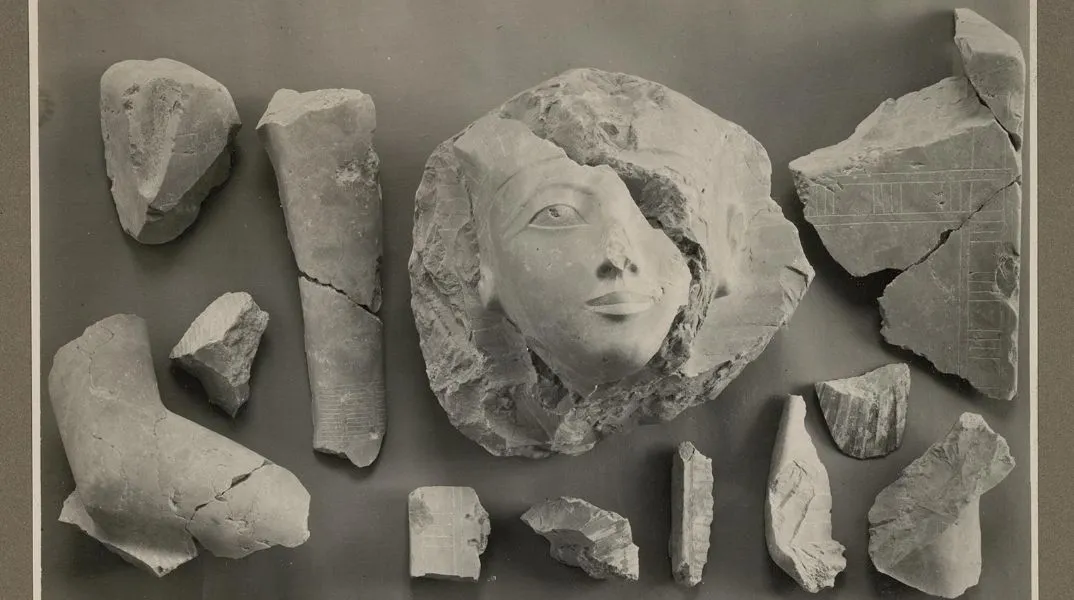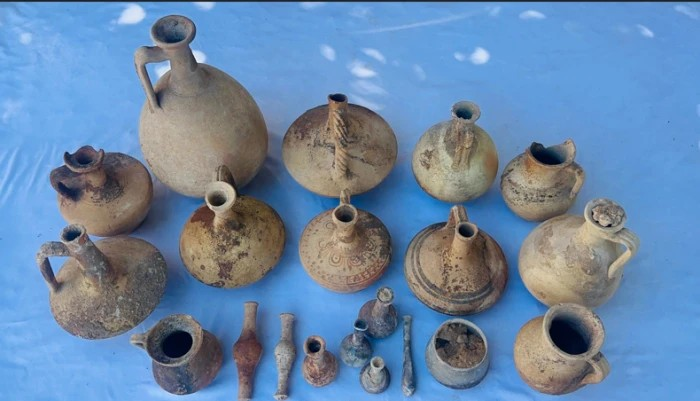Pottery is one of the most valuable tools in archaeological research, providing crucial insights into ancient civilizations. Fragments of ceramic vessels, known as pottery shards, help archaeologists date sites, trace trade networks, and reconstruct aspects of daily life. As one of the most durable and abundant artifacts from antiquity, pottery plays a fundamental role in understanding human history.
Dating Archaeological Sites
Pottery is often used as a key dating method in archaeology. Changes in styles, shapes, and manufacturing techniques over time allow researchers to establish relative chronologies for different sites. By comparing pottery fragments to well-documented typologies, archaeologists can determine the approximate age of a settlement. Additionally, advanced techniques such as thermoluminescence dating help establish absolute dates for ceramic materials.
Understanding Ancient Trade and Economy
The distribution of pottery provides significant evidence of ancient trade networks. Distinctive pottery styles and materials can reveal how goods and cultural influences traveled between regions. For example, Greek amphorae found in Egypt and Mesopotamian pottery unearthed in the Indus Valley suggest extensive trade connections between distant civilizations. Chemical analysis of clay composition further helps pinpoint the geographic origins of ceramic artifacts.
Reconstructing Daily Life
Pottery sheds light on the everyday lives of ancient peoples. Vessels used for cooking, storage, and religious rituals offer clues about diet, domestic activities, and cultural practices. Decorations and inscriptions on ceramics can depict mythological stories, political events, or artistic trends of the time. By studying pottery remains, archaeologists gain deeper insight into social structures and technological advancements of past societies.
Conclusion
Ancient pottery serves as a crucial window into the past, offering archaeologists valuable information about chronology, trade, and daily life. As research methods continue to evolve, the study of ceramics will remain an essential component in uncovering the mysteries of ancient civilizations.







